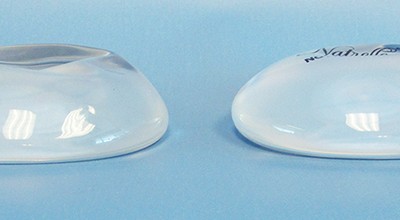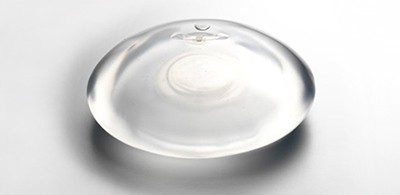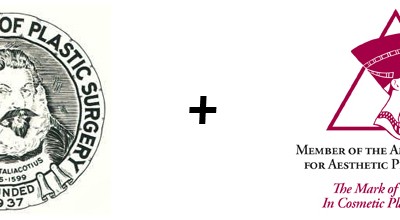
The Dual Plane
What Is A Dual-Plane Pocket?
The dual-plane pockets are created only with dissections that are performed beneath the pectoralis major muscle (subpectoral). In a dual-plane pocket the implant is placed beneath the pectoralis major muscle, but it lies partially behind the muscle and partially behind the breast gland – thus in two different planes. The upper and medial portion of the implant is covered by the pectoralis major muscle, while the lateral and lower portion of the implant is covered only by breast tissue. A dual-plane pocket is the most common position for a breast implant that is placed beneath the muscle.
To create a dual-plane pocket, the inferior origins of the pectoralis major muscle are released from the ribs along the inframammary crease. This muscle release extends from the lateral border of the muscle along the inframammary crease, but stops at the medial aspect of the inframammary crease leaving the muscle origins from the sternum intact. This sub-pectoral dissection is further classified, into three types, based upon the amount of additional muscle release (from the undersurface of the breast gland) that is performed. The ‘dual-plane I’ technique involves no additional pectoralis muscle release, the ‘dual-plane II’ involves some release, and ‘dual-plane III’ involves the most pectoralis muscle release from the undersurface of the breast gland.
In a ‘dual-plane I’ augmentation the lower origins of the pectoralis muscle are released from the ribs along the inframammary crease. No additional dissection is performed between the breast tissue and the pectoralis muscle.
In a ‘dual-plane II’ augmentation the lower origins of the pectoralis muscle are released from the ribs along the inframammary crease. Dissection is then performed behind the breast gland, to release the attachments to the pectoralis muscle, up to the level of the inferior border of the areola.
In a ‘dual-plane III’ augmentation the lower origins of the pectoralis muscle are released from the ribs along the inframammary crease. Dissection is then performed behind the breast gland, to release the attachments to the pectoralis muscle, up to the level of the superior border of the areola.
The ‘dual-plane I’ pocket allows the least amount of contact and interaction between the breast implant and the posterior surface of the breast gland.
The ‘dual-plane II’ and ‘dual-plane III’ techniques alter the dynamics between the breast implant and the overlying tissues by anatomically repositioning a portion of the pectoralis major muscle relative to the breast implant. This in turn alters how the implant interacts with the overlying breast. In other words, the ‘dual-plane II’ and ‘dual-plane III’ techniques allow the inferior border of the pectoralis major muscle to move upward and expose more of the breast implant to the posterior surface of the breast gland (the sub-glandular plane). This allows the breast implant more direct force and interaction with the breast tissue.
The ‘dual-plane I’ technique is used for the more routine breast augmentations and is the most common form of dual-plane dissection. The ‘dual-plane I’ pocket allows for greater muscle coverage of the implant. The ‘dual-plane II’ technique is used for patients that have more mobility of the breast tissue over the top of the pectoralis major muscle. The ‘dual-plane III’ technique is used for patients that have more drooping breasts, constricted lower poles, or tuberous breast deformity.
NEXT TOPIC: What Is Tuberous Breast Deformity?
What is the Gel-to-Shell Fill Volume Ratio?
Each round silicone gel-filled breast implant is comprised of a silicone elastomer shell which contains the silicone gel filling. Silicone gel breast implants are filled by the manufacturer with a moderately cohesive (responsive) silicone gel. If you look carefully at...
How Firm is a Saline Breast Implant?
During the consultation today, a patient asked me, "Aren't saline implants harder?" Well, it actually depends. Let me start by saying that if you have ever held a saline implant and a silicone gel implant side-by-side, you know that they feel completely different, and...
Why is a board certified plastic surgeon important for my breast augmentation?
I recently saw a woman in consultation for a failed saline breast implant. She had her breast augmentation performed seven years earlier by a surgeon who advertises like a plastic surgeon, but is not board certified in plastic surgery. And as far as I am aware, has...



